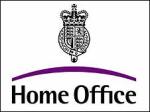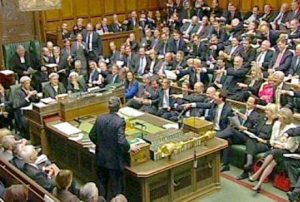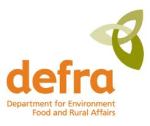Oxfam are due to launch a new global campaign tomorrow (June 1st – although it seems that the BBC have jumped the gun by reporting on it a day early), and we’re promised that we should be prepared for a ‘impending wonk, campaign, celeb and media fest around Oxfam’s campaign launch tomorrow. Biggest thing ever; simultaneous launches in 45 countries; bigger (at least in ambition) than Make Poverty History or Make Trade Fair’
 While it’ll be interesting to watch how the campaign develops and the tactics they use, especially with so many countries involved, as a campaigner I’ve also been interested in following the way that Oxfam GB have already soft launched the campaign to key activists around the country.
While it’ll be interesting to watch how the campaign develops and the tactics they use, especially with so many countries involved, as a campaigner I’ve also been interested in following the way that Oxfam GB have already soft launched the campaign to key activists around the country.
For example a colleague forwarded me an invite to a supporter phone briefing the activism team hosted on May 17th. It’s the first time I’ve come across the idea of such a call, but it seems like a really inspired and practical idea. The call involved speakers from the Oxfam GB’s Campaigns and Policy team, alongside representatives from the Events team with practical suggestions about what people could do.
Looking at the Cover It Live conversation from the call it looks like those who participated had a really lively conversation. For me, using such an innovative tool has a number of advantages;
- It builds a sense of ownership – For those invited to be part of the call to allows them to feel that they’re the first to know, that they’ve got a responsibility to promote the campaigns to their own networks when it goes live.
- It equips people and provides a space to ask the difficult questions – It’s easy to launch a new campaign with the accompanying policy report, but the reality is that most activists don’t have time to sit down immediately to read and digest it. A call like this allows the opportunity for supporters to feel like they’ve had the opportunity to ask before they’re hearing about it on the news.
- It builds loyalty – by breaking down the divide between staff and supporters, especially by actively asking for suggestions and ideas, it makes Team Oxfam bigger. They also actively encouraged those on the call to join a group on their ‘enabler‘ site to keep the conversation going.
- PowWowNow is a free conference call service, which can facilitate ‘event calls’ for up to 300 people.
- Cover It Live is an excellent interface for facilitating live discussion between a group. It’s free and you can use it to display images, carry out polls and can even include live video from a webcam if you’re prepared to pay a little extra.






